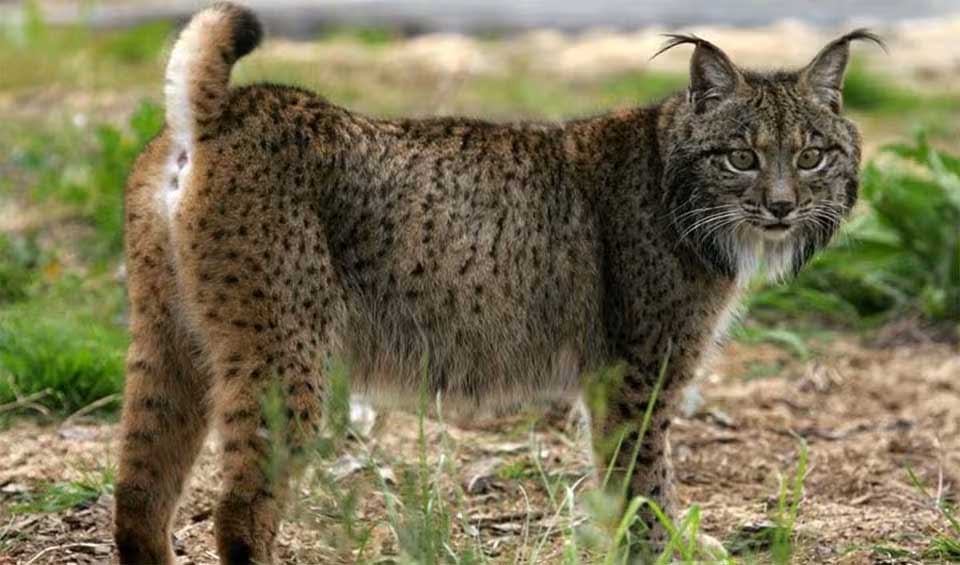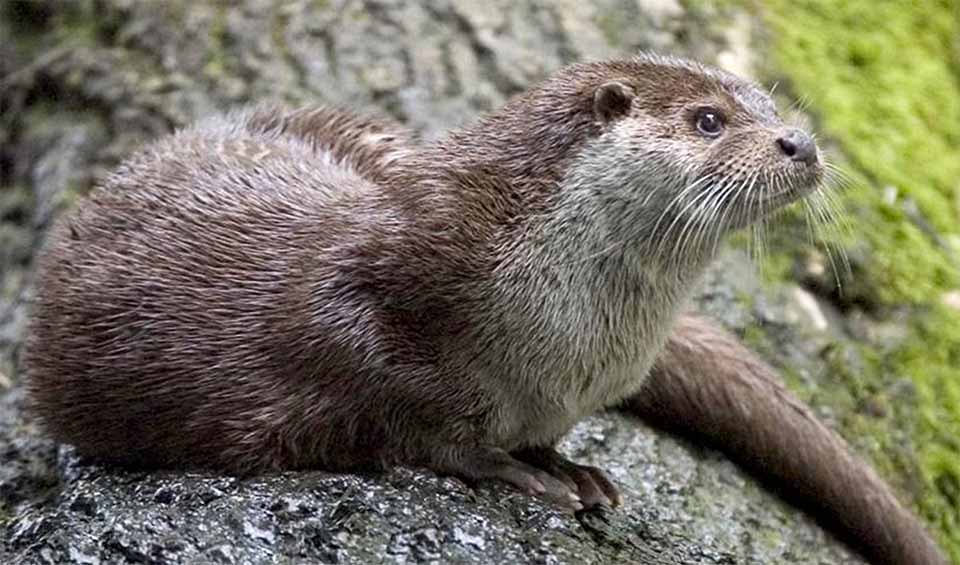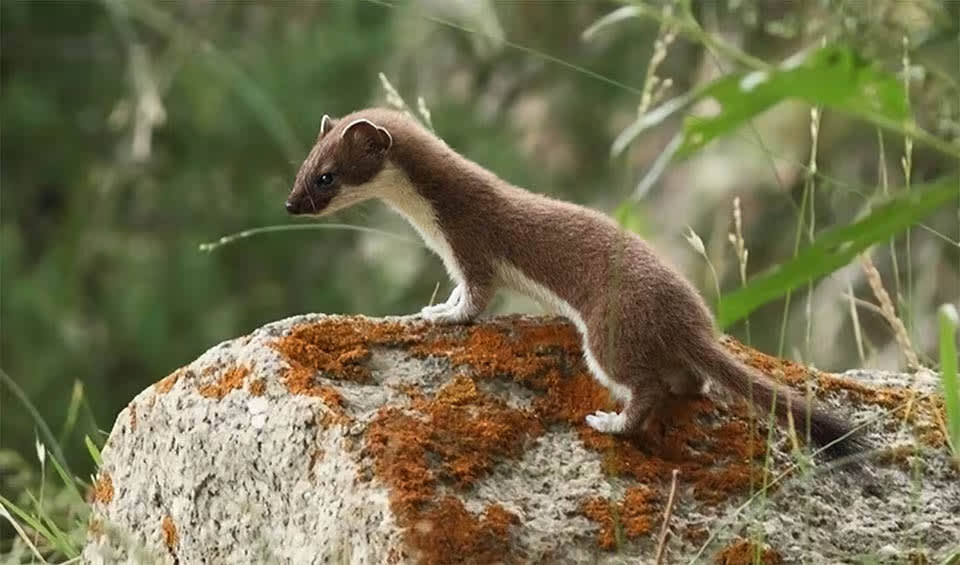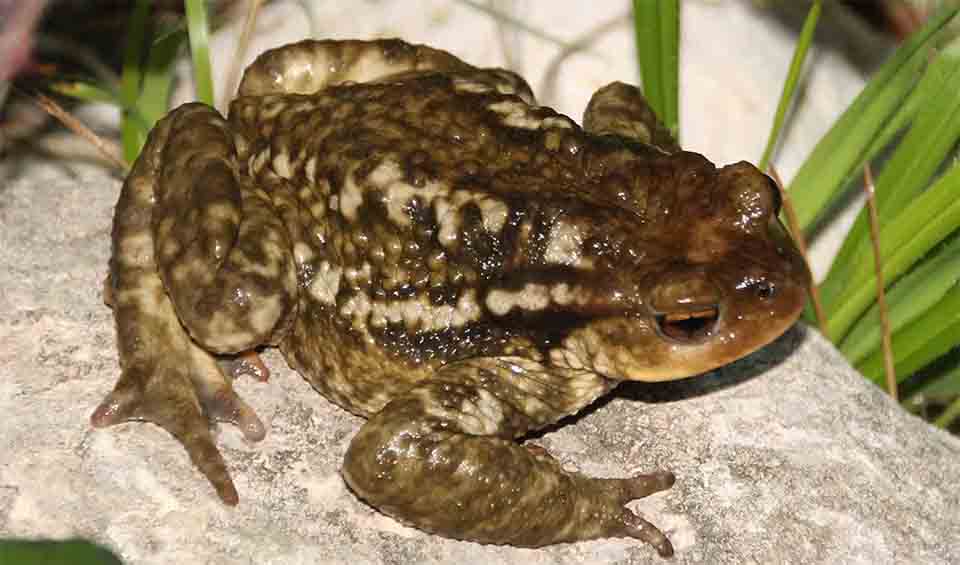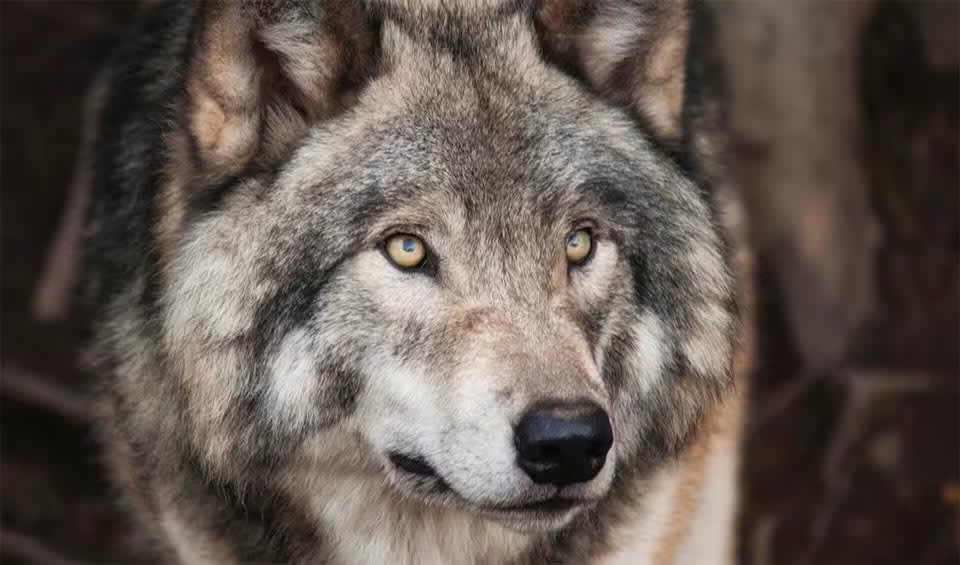Located in southwestern Europe on the Iberian Peninsula, Portugal shares a border with Spain to the east and north and has a long coastline along the Atlantic Ocean to the west and south. The country covers an area of about 92,090 km² (35,556 mi²). Portugal’s landscape is diverse, featuring mountainous regions in the north, rolling plains in the central region, and a mix of hills and plains in the south. The highest point in mainland Portugal is Serra da Estrela, which rises to 1,993 meters (6,539 feet).
Portugal’s varied landscapes support a rich array of biodiversity. The country’s forests, wetlands, coastal areas, and mountainous regions provide habitats for a wide range of species. Forests in Portugal are home to animals such as the Iberian lynx, red deer, and wild boar. The coastal areas and wetlands, such as the Ria Formosa and the Tagus Estuary, are important for bird species, including flamingos and storks. The marine environment along Portugal’s extensive coastline supports diverse marine life, including dolphins, sea turtles, and numerous fish species.
Four pillars elaborated:
Portugal features an extensive network of protected areas, including 13 national parks and 32 nature reserves that span a variety of ecosystems. These range from the mountainous landscapes of Peneda-Gerês National Park to the coastal settings of Ria Formosa Natural Park. Actively participating in the European Union’s Natura 2000 program, Portugal aims to safeguard valuable habitats and species across Europe, with over 167 sites within its borders designated as part of this initiative. These sites cover a substantial portion of Portugal’s land and marine territories. Land Management
Land Management
The country’s protected regions, which include rugged mountains, unspoiled beaches, and verdant forests, serve as crucial habitats for a plethora of plant and animal species. Notably, they provide sanctuary for endangered species such as the Iberian lynx and the migratory black stork.
Portugal’s rich natural heritage is under threat from a variety of factors, including habitat loss and degradation, climate change, invasive alien species, and unsustainable human practices. These issues pose serious challenges to the country’s ecosystems, particularly affecting endangered species such as freshwater fish and steppe birds. Activities like deforestation, urbanization, and intensive agriculture are major causes of habitat loss, disrupting ecosystems and leading to a decline in plant and animal populations. Climate change further intensifies these threats by altering the conditions essential for native species to thrive. Threats to Biodiversity
Threats to Biodiversity
Additionally, non-native invasive species compete with and displace indigenous species, undermining the ecological balance. The situation is exacerbated by unsustainable practices like overexploitation of resources, pollution, and poor waste management, which not only degrade habitats but also threaten biodiversity through overfishing, pollution, and habitat destruction. Moreover, a lack of awareness and insufficient conservation efforts hinder the effective protection of Portugal’s biodiversity. Strengthening education and awareness is crucial for fostering responsible behavior and supporting conservation initiatives that sustain ecosystem services and overall human well-being.
Portugal has taken significant steps towards protecting its biodiversity through the implementation of comprehensive conservation strategies and legislation. The National Biodiversity and Nature Conservation Strategy has been a key component, focusing on the identification, characterization, and eradication of invasive species through developed methodologies. Successful control programs have been launched in protected areas such as the Natural Park of Sintra-Cascais and the Natural Reserve of Paul do Boquilobo, aiming to protect native flora and fauna and reduce the impact of invasive species on these ecosystems. Capacity and Governance
Capacity and Governance
The Institute for Nature Conservation and Biodiversity plays a crucial role in these efforts, managing protected areas and ensuring the effective execution of conservation strategies. Through its expertise, the institute significantly contributes to the preservation and sustainable management of Portugal’s diverse natural environments.
Portugal boasts a diverse array of natural habitats, prompting the implementation of several strategic plans to safeguard and rejuvenate its environmental resources. These initiatives include the National Strategy for Biodiversity 2030, targeting the cessation of biodiversity loss and the restoration of ecosystems by 2030. Additionally, the Rewilding Portugal initiative is dedicated to revitalizing degraded landscapes and reintroducing indigenous species. Moreover, Portugal has integrated biodiversity conservation into the business strategies of corporations like EDP Portugal S.A. These efforts are in sync with the European Union’s Biodiversity Strategy for 2030, which seeks to preserve natural habitats and reverse ecosystem degradation throughout the EU. Future Trends
Future Trends
Biodiversity
Portugal, located on the Iberian Peninsula, is renowned for its diverse landscapes and rich biodiversity, spanning from the mountainous regions of the north to the coastal plains and Mediterranean ecosystems in the south. The country’s varied topography includes forests, wetlands, grasslands, and extensive coastlines along the Atlantic Ocean, each supporting a unique array of species. In the northern and central regions, forests dominated by oak, pine, and eucalyptus trees provide habitats for mammals such as the Iberian wolf and wild boar, as well as a variety of bird species like the golden eagle and the black stork.The wetlands and river systems, including the Tagus and Douro rivers, are crucial in supporting biodiversity. These areas are home to numerous fish species, amphibians, and birds, making them important sites for birdwatching. The Tagus Estuary, for example, is one of the largest wetlands in Europe and supports a diverse array of waterfowl and wading birds. Portugal’s coastal areas, with their sandy beaches, cliffs, and dunes, are equally important for biodiversity. The Ria Formosa lagoon in the Algarve is a vital habitat for marine life, including seahorses, and serves as a crucial stopover for migratory birds.
In the table below are the number of known species in several main groups, how many of these species are Threatened with extinction, and how many of them are Endemic (unique to Portugal only):
| Species (World rank) |
Threatened | % Threatened | Endemic | % Endemic | |
|---|---|---|---|---|---|
| Mammals | 103 (#108) | 13 | 12.6% | 1 | 1.0% |
| Birds | 311 (#117) | 17 | 5.5% | 6 | 1.9% |
| Reptiles | 43 (#125) | 5 | 11.6% | 1 | 2.3% |
| Amphibians | 23 (#89) | 1 | 4.3% | 2 | 8.7% |
| Fishes | 562 (#107) | 69 | 12.3% | 4 | 0.7% |
| Plants | 2,997 (#118) | 101 | 3.4% | 12 | 0.4% |
mammals
Iberian lynx
It was on the brink of extinction only 20 years ago; now, the population is reviving thanks to conservation measures implemented
Eurasian otter
Fiercely territorial, marking their territory with scent to communicate with other otters
Stoat
A small, fierce predator known for its agility, hunting skills, and color-changing fur
birds
Bearded vulture
The only living creature that feeds on bone marrow from carcasses in high and inaccessible mountain areas
Wood duck
The red-eyed hipsters of the duck world
Spanish imperial eagle
One of the rarest and most endangered eagle species in the world
reptiles
Kemps ridley sea turtle
Meet the smallest and rarest sea turtle in the world
Common chameleon
A reptile that can mimic the hues of nature and capture its feast with a tongue that’s like a thunder
Spanish ribbed newt
When attacked, the Spanish ribbed newt pushes out its ribs until they pierce through its body!
amphibians
Natterjack toad
Instead of hopping like other toads, they have a funny little walk, almost like they’re running!
Spiny toad
Covered in small, bumpy warts that can even have sharp points
Marbled newt
When winter comes, they bury themselves in the mud and basically freeze solid!
National Animals
Wolf
The howl of each wolf is different
